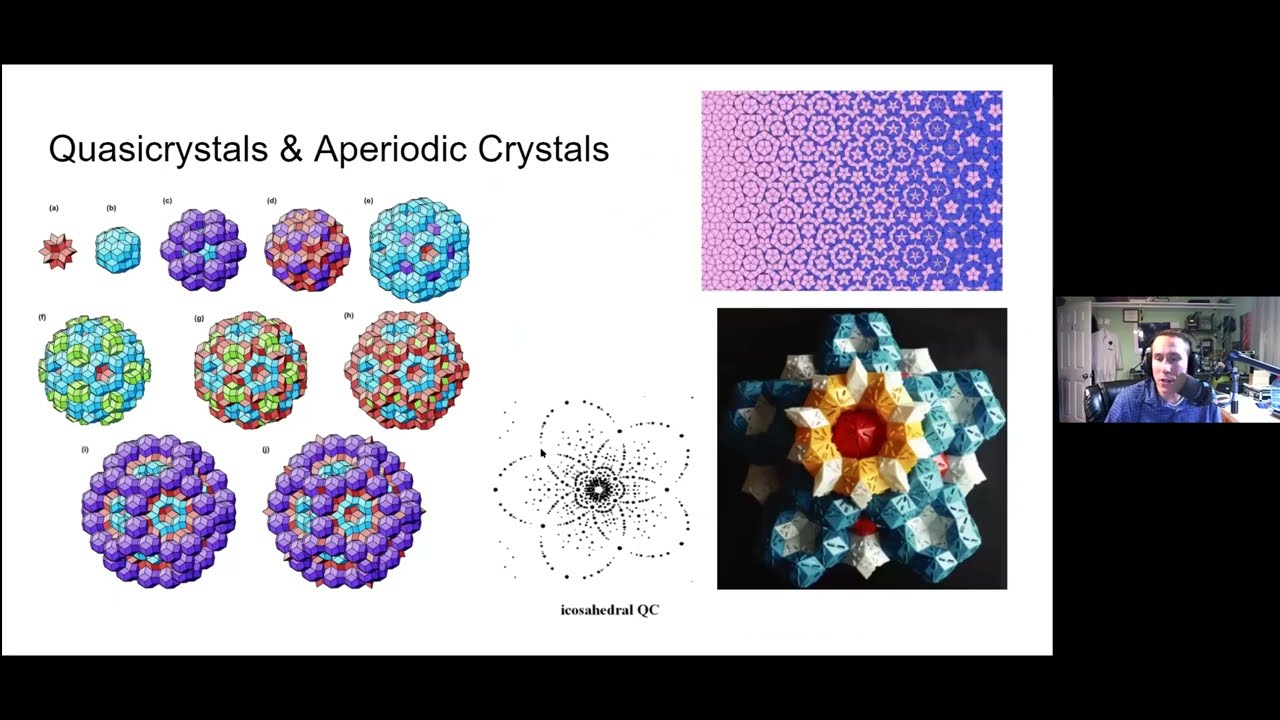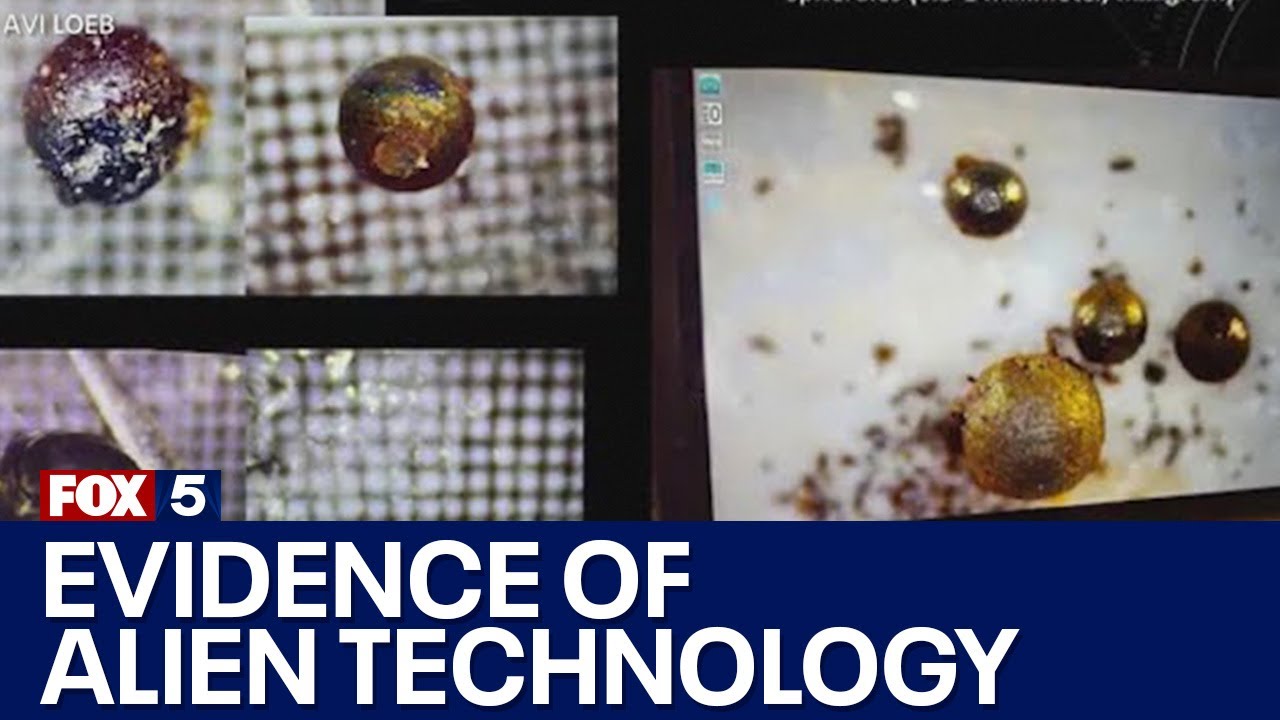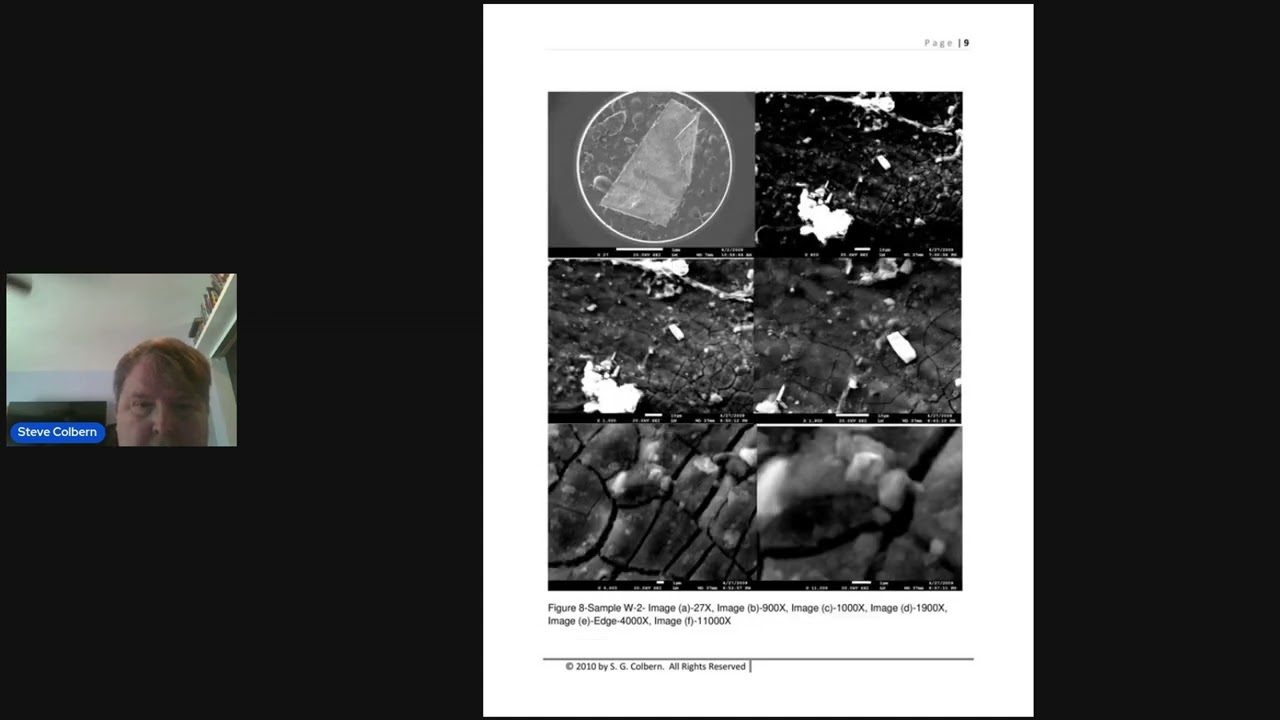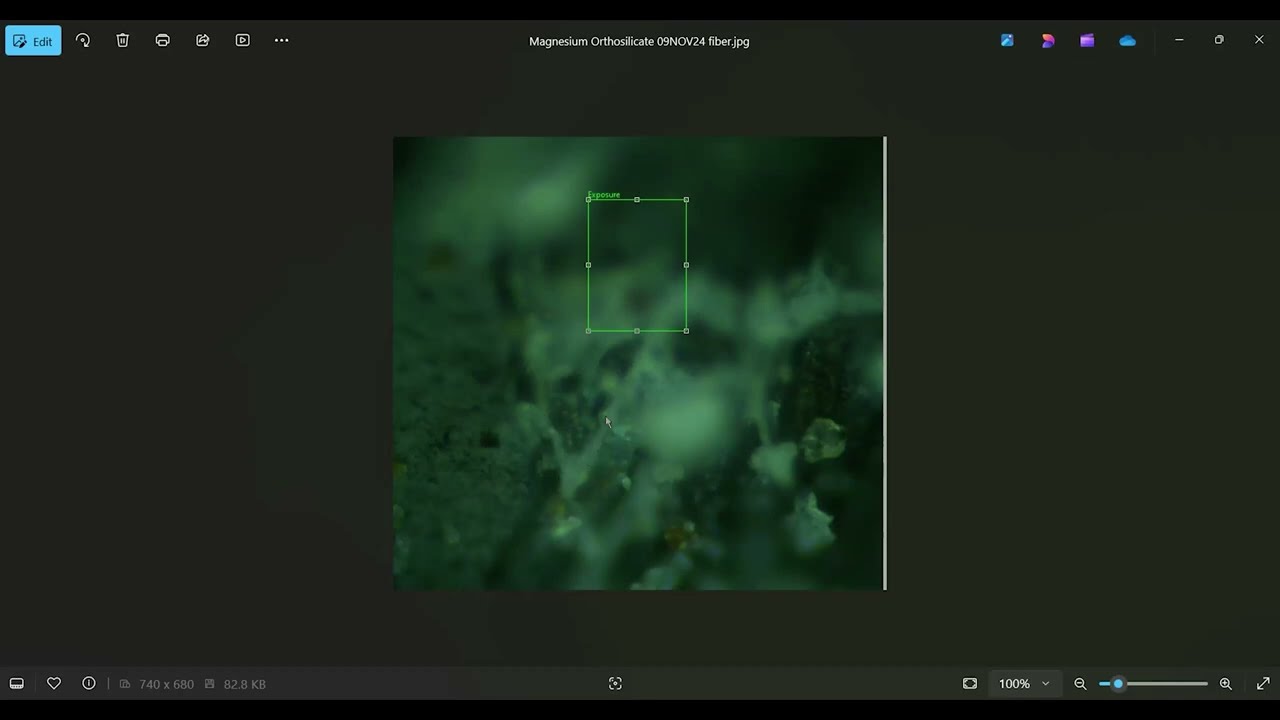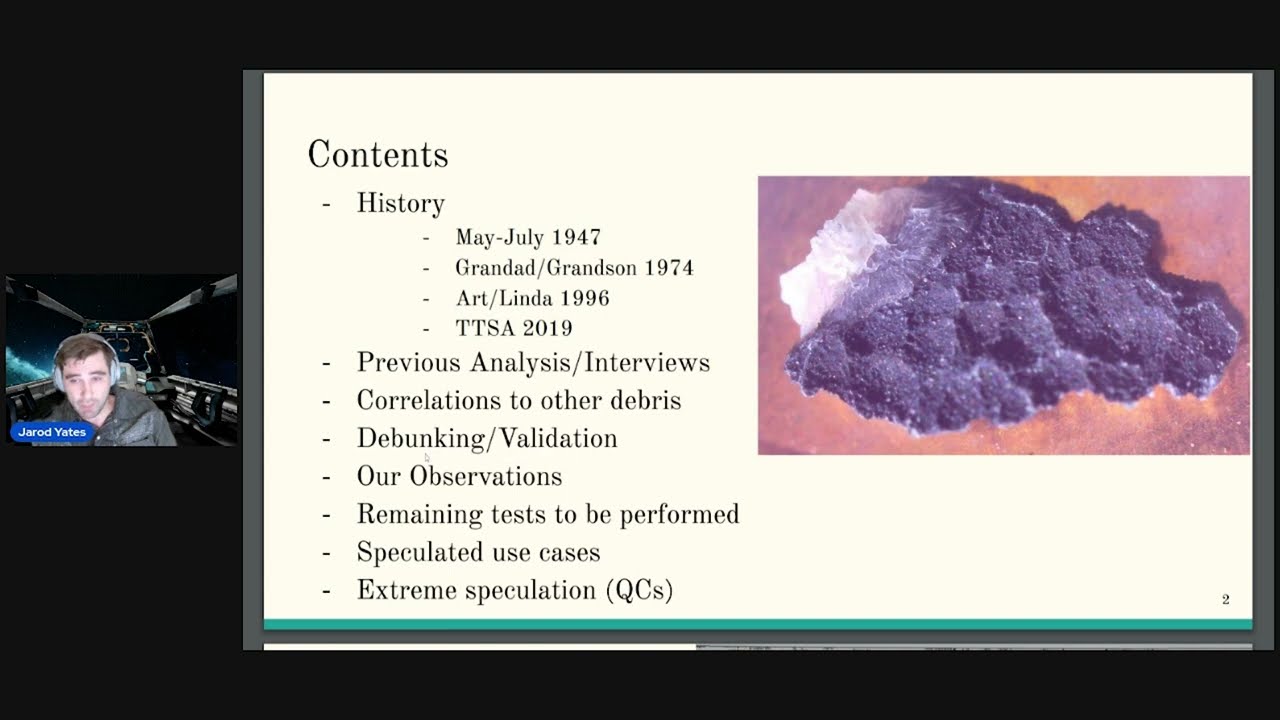Art’s Parts Sample May Contain Quasicrystals
After some careful analysis of the geometry for the ruptured microspheres, preliminary results are starting to look like the Roswell sample contains highly complex patterns called quasicrystals. These can be formed under specific circumstances when a specific set of materials is exposed to a rapid discharge. These fibonacci crystals also show up in prime numbers, particle physics, atomic energy levels, DNA, and microtubules.
This video explores the fascinating world of quasicrystals, their symmetries, and potential connections to fundamental physics and biology. Jarod Yates meticulously analyzed images of quasicrystals using various techniques, including FFT analysis, Voronoi tessellations, and isotopic analysis, revealing intriguing patterns and potential higher-order structures. The findings suggest a link between quasicrystals and prime numbers, potentially explaining their presence in diverse systems like DNA, atoms, and microtubules. The researcher’s work draws inspiration from Clee Irwin and David Chester’s research, and explores parallels with Garrett Lisi’s E8 model, suggesting a unifying mathematical framework connecting abstract concepts to physical reality. The podcast concludes with a mention of future research directions and links to further information.
For years, quasicrystals – aperiodic structures with fascinating symmetries and often exhibiting golden ratios and Fibonacci sequences – have captivated scientists. But what if these structures hold the key to understanding the fundamental building blocks of our universe? This blog post delves into a recent exploration of quasicrystals, revealing surprising connections to prime numbers, DNA, and even consciousness.
From Colored Dots to Cosmic Connections:
Our journey begins with a seemingly simple analysis: the study of colored dots in an art sample. This seemingly artistic endeavor quickly morphed into a deep dive into the world of quasicrystals. The initial analysis focused on identifying symmetries and patterns within the dot arrangements. The researcher, let’s call him Dr. X, employed various techniques, including:
- •Scanning Electron Microscopy (SEM) Analysis (though initially planned, isotopic analysis was performed instead): While the planned SEM imaging yielded blurry cell phone photos, the data still proved valuable.
- •Voronoi Tessellations: Analyzing the distances between dots revealed intriguing regularities.
- •Power Law Analysis of Dot Sizes: This analysis indicated an underlying order within the seemingly random distribution.
- •Fast Fourier Transform (FFT) Analysis: This crucial step revealed faint rings in the FFT of some images, suggesting potential periodicity, even within the aperiodic structure. Other images showed unique shapes, including a striking “tower” structure, hinting at higher-order quasicrystals.
The Unexpected Link to Prime Numbers:
The analysis took an unexpected turn when Dr. X noticed a striking resemblance between the aperiodic nature of quasicrystals and the distribution of prime numbers, as described by the Riemann zeta function. This led to a fascinating exploration of the connections between:
- •Quasicrystals and Prime Numbers: The researcher found similarities between the distribution of prime numbers and the structure of quasicrystals.
- •Hydrogen Atom Shells: The arrangement of electrons in hydrogen atom shells also exhibits prime number-related patterns.
- •DNA: The structure of DNA, too, can be described using prime numbers.
This convergence of quasicrystals, prime numbers, and fundamental biological structures suggests a profound underlying connection.
Microtubules, Consciousness, and the E8 Model:
The investigation didn’t stop there. Dr. X explored the presence of quasicrystal elements in microtubules (structures within cells), further strengthening the link between quasicrystals and biological systems. This led to a bold hypothesis: quasicrystals may play a role in consciousness itself, linking atoms, DNA, prime numbers, and the workings of the brain.
The researcher also drew parallels to the E8 model, a mathematical structure proposed by Garrett Lisi to describe fundamental particle interactions. The E8 model, with its inherent quasicrystal-like geometries, further supports the idea that these structures may explain fundamental interactions in the universe. The golden ratio’s presence in both quasicrystals and the E8 model adds another layer of intrigue.
The Future of Quasicrystal Research:
Dr. X is currently experimenting with creating and wiring quasicrystals to test their electric field properties and explore potential applications, particularly in relation to the work of Drew (name not specified). The high packing density of these structures presents exciting possibilities. The researcher also acknowledges the contributions of Steve Colburn and the inspiration drawn from the work of Clee Irwin and David Chester, whose research suggests that quasicrystal geometries could explain fundamental particle interactions.
Further Exploration:
For a deeper dive into this fascinating research, check out Dr. X’s comprehensive 27-page Google Doc and presentation (links provided in the original podcast). This research opens up a new frontier in our understanding of the universe, suggesting that the seemingly abstract world of mathematics may hold the key to unlocking the secrets of life, consciousness, and the fundamental forces of nature.
Register For UFORev
Want to see more great UFO Reverse Engineering stories? Sign up for our mailing list to get exclusive access to captivating presentations, engaging events, and more!
RECENT POSTS
Space Age Materials for UFO Reverse Engineering
April 7, 2025
Harvard Physicist May Have Found Alien Technology
April 7, 2025
San Augustin: UFO Crash Recovery Sample Analysis
April 6, 2025
Art’s Parts: Metallurgical Microscope Analysis
April 6, 2025
Art’s Parts 1: UFO Crash Recovery Material Analysis
April 6, 2025

